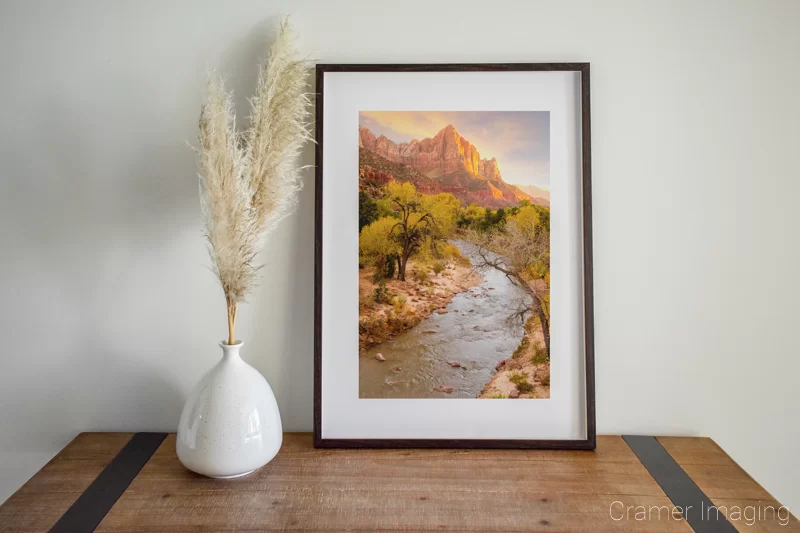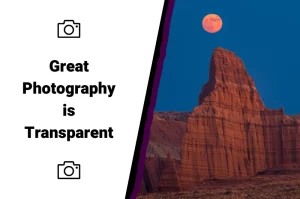Have you ever sat back and wondered what is considered art? It’s a deeper thinking question which doesn’t often cross people’s minds. However, today we’re exploring that topic regarding photography. So, strap in and get ready as we discuss the deep subject of “is photography considered art?”
The Simple Answer
The simple answer to this question is a waffling “it depends.” I know that’s not much of an answer. However, I hope that I’ll make it clearer to you why this isn’t such a straightforward question.
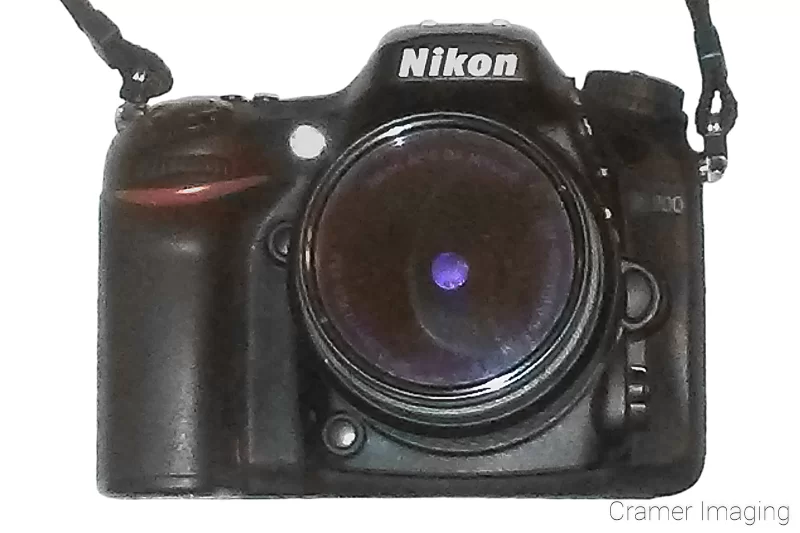
Traditional Art
For most traditional mediums of art, art and beauty are very much intertwined. Creating beauty is all about how the particular artist applies his or her skill to a medium and how the final piece of art turns out. A more traditional artist may look at a lump of rock and see the famous “David” statue hiding within. All he or she has to do is to remove all the unnecessary material and the envisioned statue will emerge. Other artists see a pile of materials and envision them fully assembled together into a whole. In its most fundamental core, art is creation and expression.
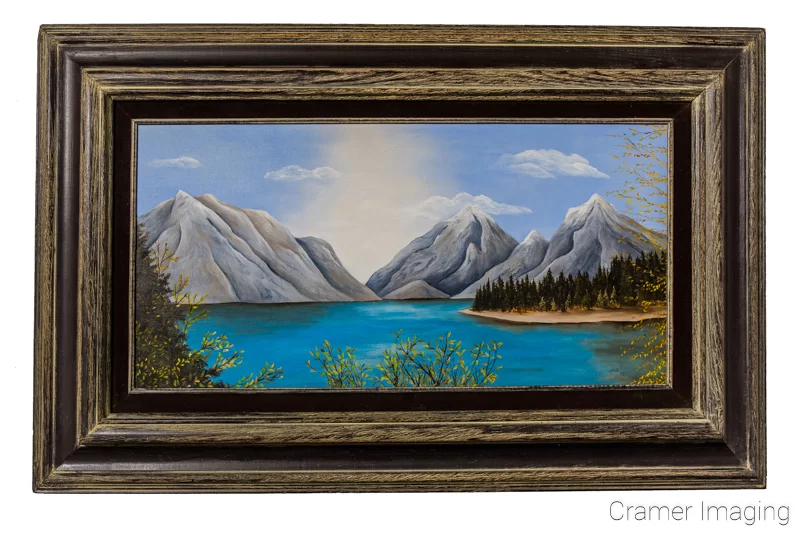
If you want a deeper explanation about what art is, then you might check out this article.
Is Photography Considered Art?
There’s a lot to unpack with this question. First, we must take a bit of time and discuss the difference between photography and snapshots. Then we’ll continue the discussion.
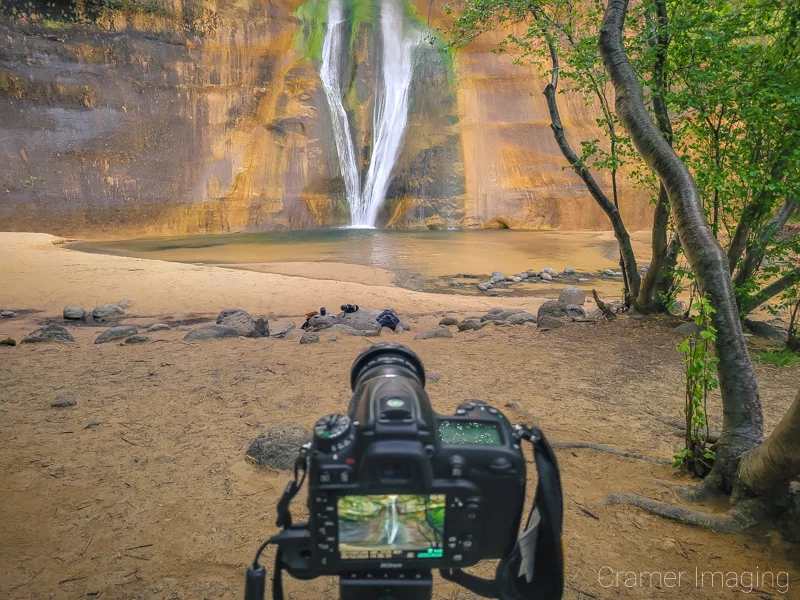
Vocabulary: Photography vs. Snapshots
Many people associate photography with simply clicking the shutter and creating a picture. While they aren’t technically wrong, that’s also the definition of creating a snapshot too. If we continued using this definition, there would be no difference between skilled and artistic photography and unskilled photography. Also, photography would not be considered art. However, we’ve separated skilled photography from unskilled photography by using the term “photography” to describe photos with some skill applied or some artistic merit involved. We also use “snapshot” to describe unskilled photography with no artistic merit.
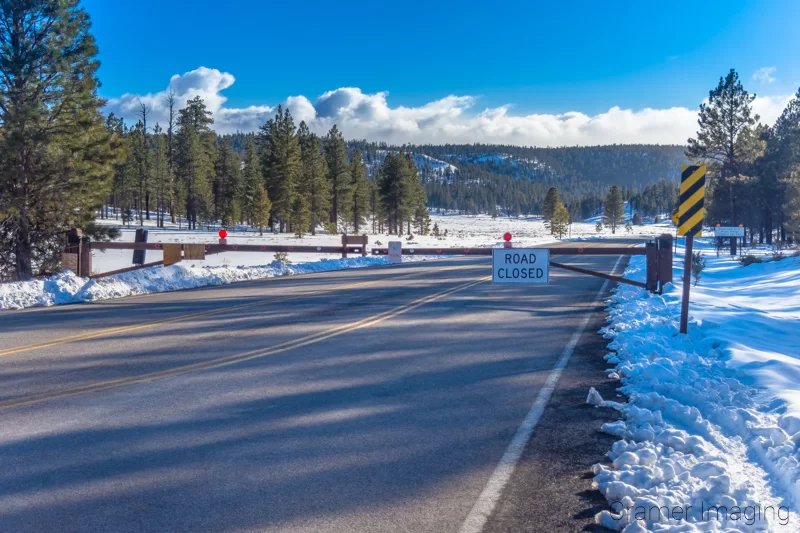
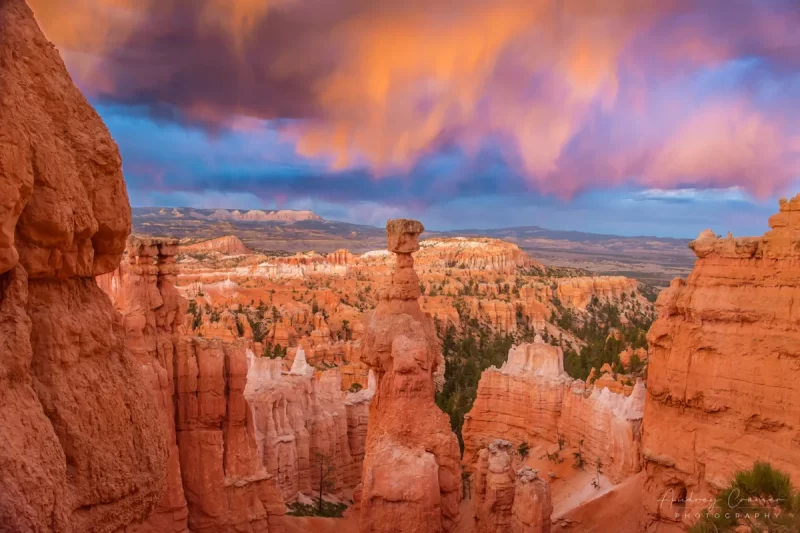
Using the above definitions, let’s apply them to the following anecdote. I was speaking to a customer yesterday about local photographers. She asked if there were any. I brought up another local photographer I know about who decided to include the word “snapshots” in their business(?) name. I don’t want to name names but if you find out who it is, so be it. That customer found the word ‘snapshots’ off-putting. She remarked how it sounded amateurish and very much not what she was interested in. This business(?) name implies the photographer isn’t serious in his or her craft and may not know what he or she is doing. It strongly implies his or her photos are not art.
Back to Photography
Now that’s we’ve established definitions we can work with, let’s get back to the discussion. I’ll start off by saying this outright: snapshots are not art. Photography, on the other hand, is art.
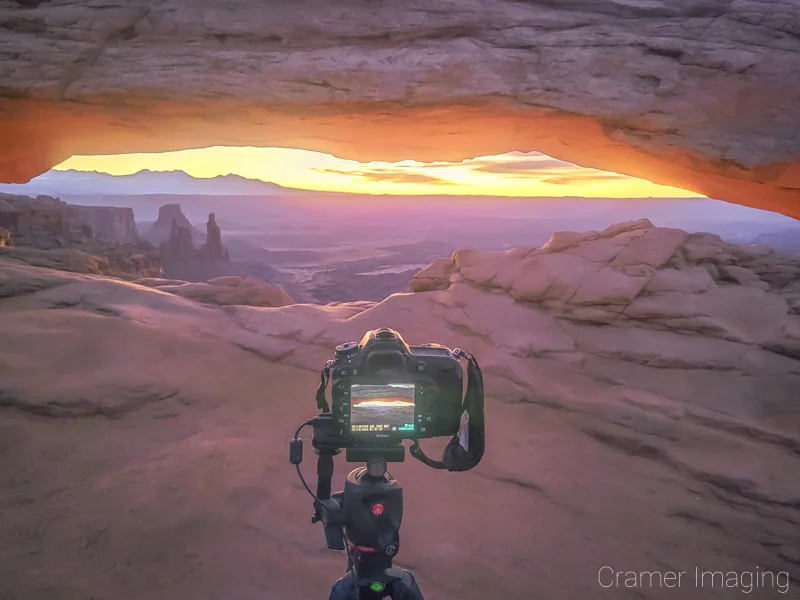
Why is Photography Considered Art?
Photography is a very different kind of art from most traditional forms of art. It’s not so much about creating or assembling something from scratch. Many people don’t even consider it an art form because of this However, photography is an art which uses the real world around us to create a vision rather than creating a vision from a metaphorical or literal blank canvas. Photography is more about an art of knowing where to stand and when to click the shutter button. Let me elaborate.

Much of photography is taking the world and/or people as it is/they are and making the photo work. You may control certain parts of a photo. You might even control everything about a photo in a studio with a set and specially selected props. Still, you must arrange the people, props, environment, etc. as you can based upon where you plan to stand. By “plan to stand” I also include where you set up your tripod, kneel, squat, lie down, etc. It’s all based on one particular point of view: the camera lens. I find many very artistic approaches to photography based upon arrangement. I, as a landscape photographer, generate my art by carefully choosing when and where to stand since I really can’t control vast landscape scenes.
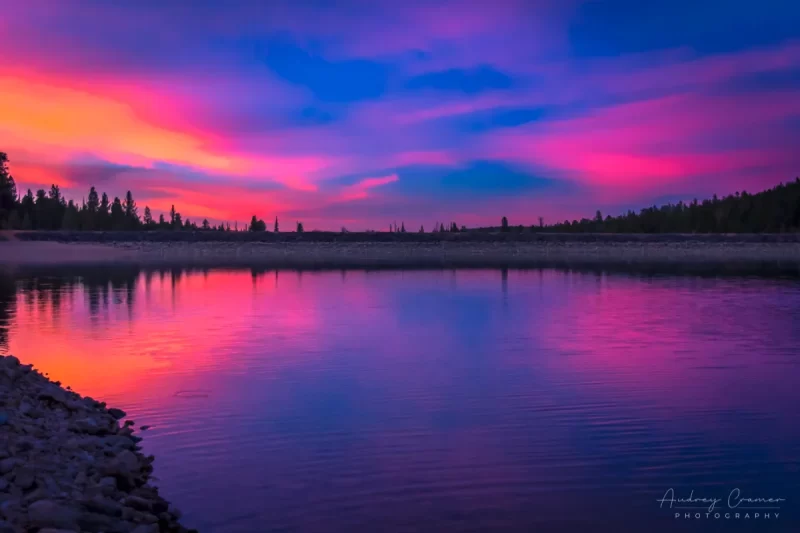
All art begins with vision. It takes quite a bit of vision to take a shapeless medium and form it into a particular form of your choosing. It takes quite a bit more but different vision and skill to make something in the real world work the way you envision rather than shaping something without form into the form you want. Thus photography is art.
Post-Processing Art
Perhaps I should also mention, or demonstrate, all the artistic work which happens in the dark room or post-processing just to make a photo look its best. Take this example of an original raw photo and the final processed version. It’s night and day.
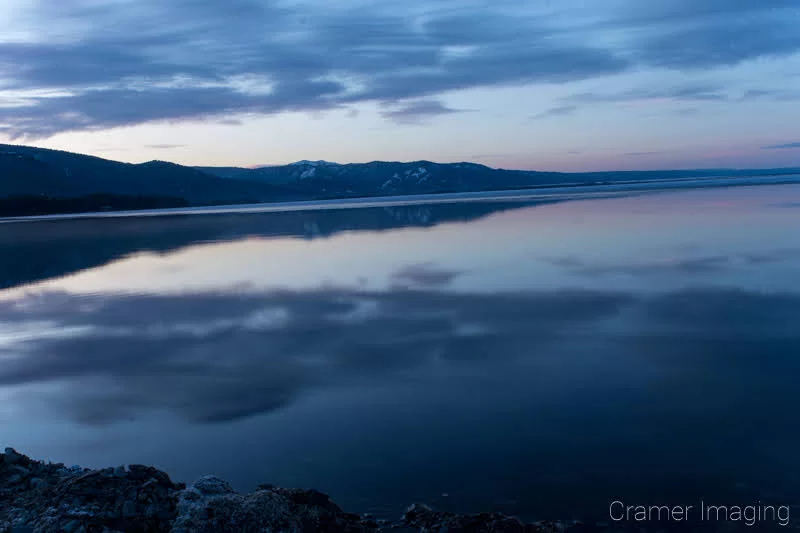
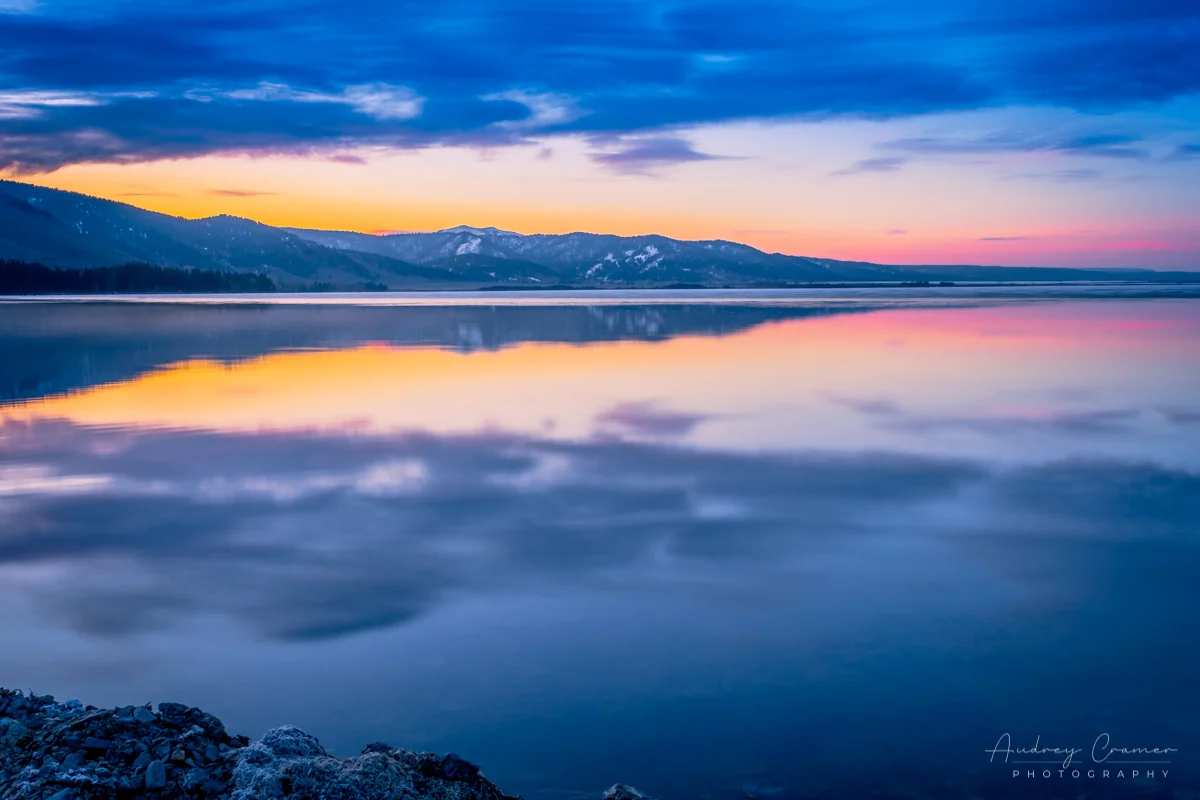
It takes vision to look at the raw photo (left above) and see the finished photo (right above). It takes skill to bring the raw photo over to the finished photo.
Artistic photography doesn’t stop with photo filters and enhancements. There’s also all sorts of other interesting approaches like this one. You won’t get a picture like this from a dark room. You need a computer and Photoshop to achieve this look.
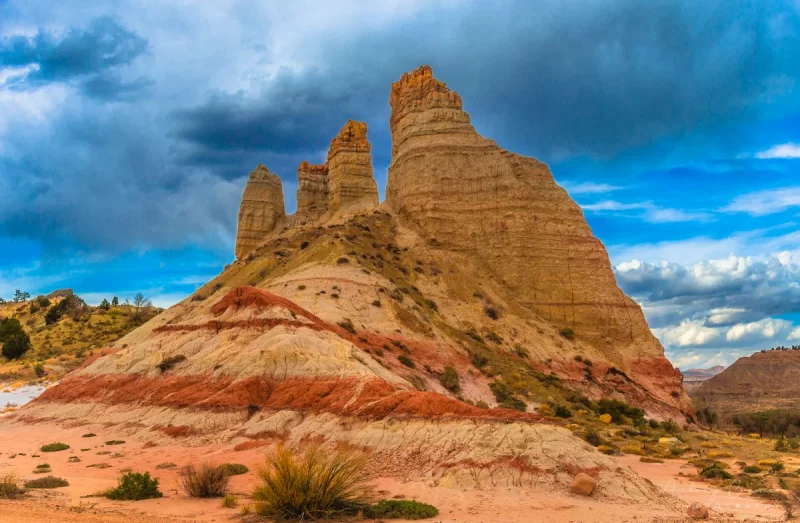
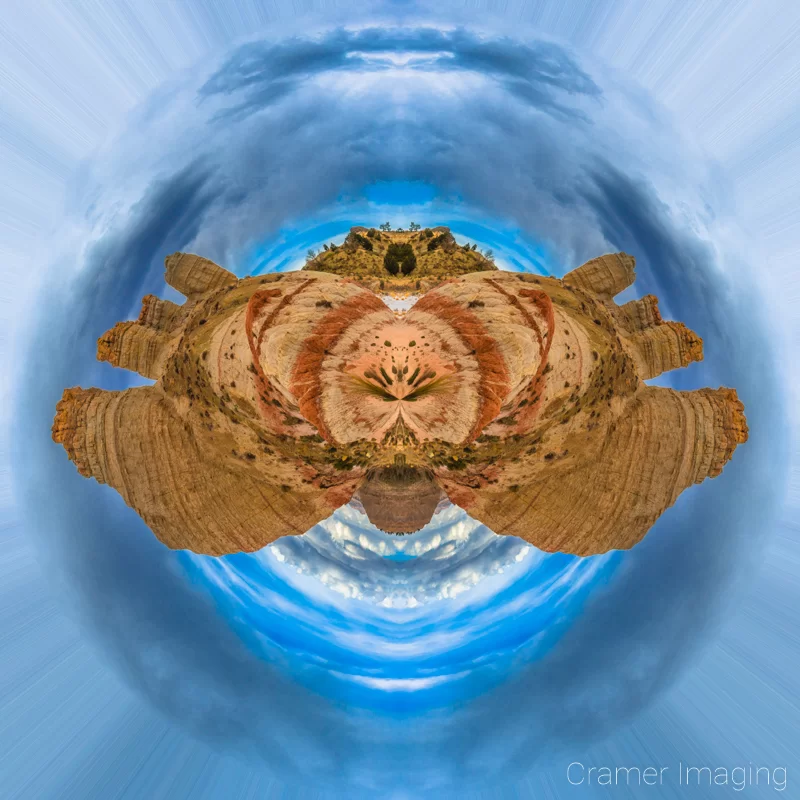
Approaches like this in the digital darkroom certainly count as art. Yet still you see a photograph in front of you.
To dive in deeper about when photography is considered art, check out this article.
Conclusion
So, the answer to the question “is photography considered art?” isn’t straightforward. You need some parameters in place before answering. With proper vocabulary definitions in place, you can answer honestly: yes. Yes, photography is considered art.

